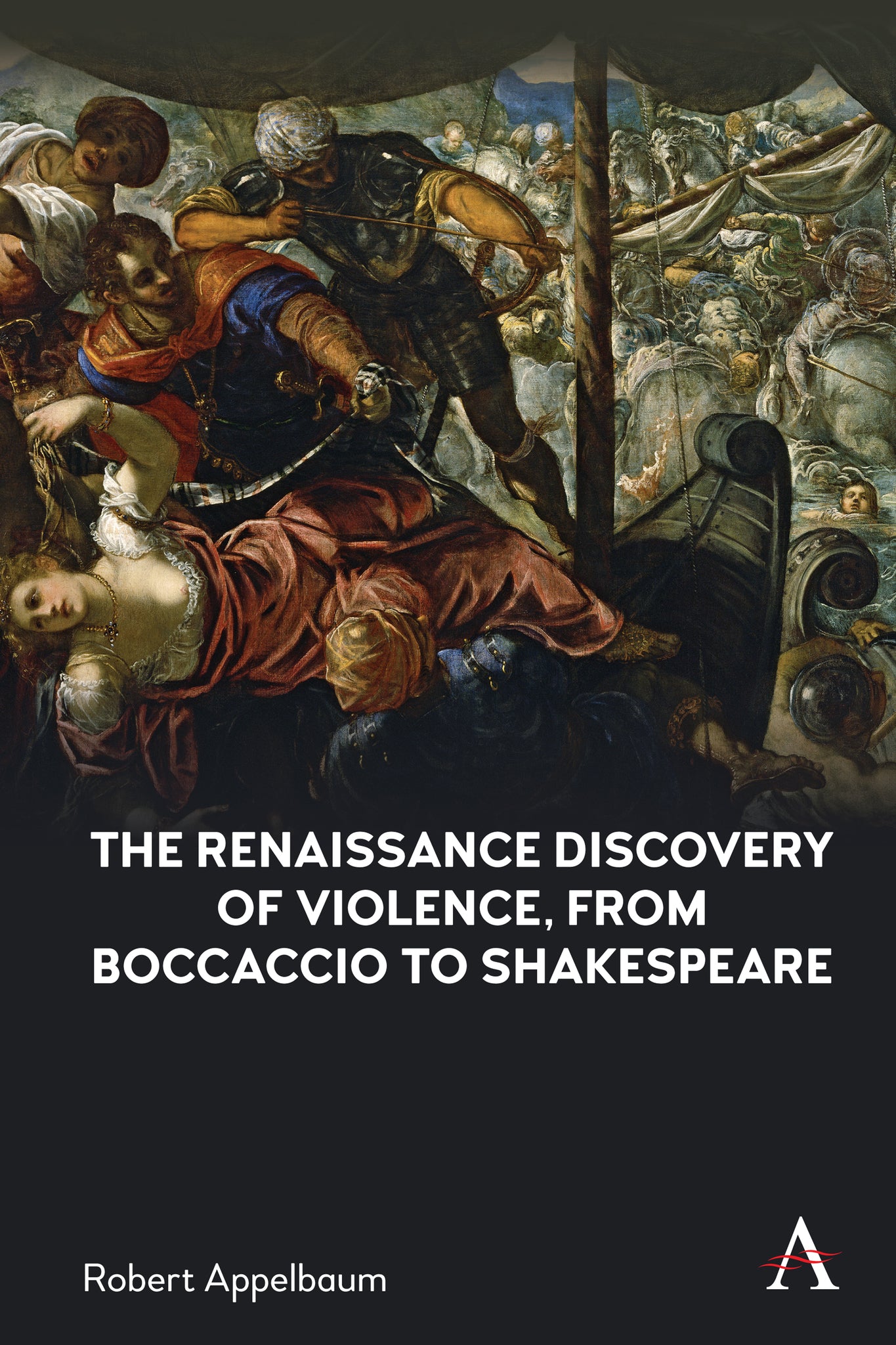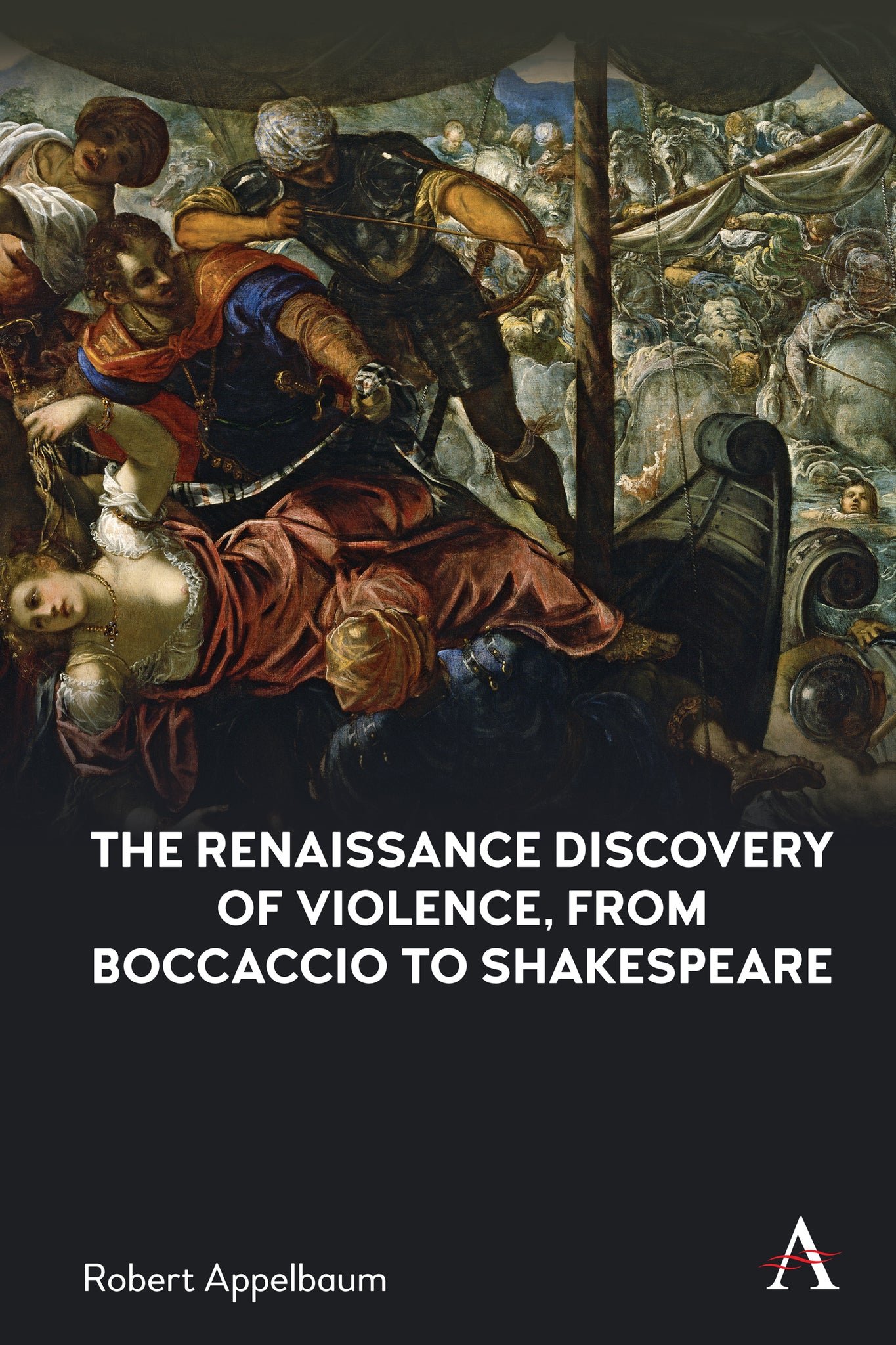We're sorry. An error has occurred
Please cancel or retry.
The Renaissance Discovery of Violence, from Boccaccio to Shakespeare

Some error occured while loading the Quick View. Please close the Quick View and try reloading the page.
Couldn't load pickup availability
- Format:
-
16 November 2021

Many have wondered why the works of Shakespeare and other early modern writers are so filled with violence, with murder and mayhem. This work explains how and why, putting the literature of the European Renaissance in the context of the history of violence. Personal violence was on the decline in Europe beginning in the fifteenth century, but warfare became much deadlier and the stakes of war became much higher as the new nation-states vied for hegemony and the New World became a target of a shattering invasion. There are times when Renaissance writers seem to celebrate violence, but more commonly they anatomized it and were inclined to focus on victims as well as warriors on the horrors of violence as well as the need for force to protect national security and justice. In Renaissance writing, violence has lost its innocence.

LITERARY CRITICISM / Comparative Literature, Comparative literature, LITERARY CRITICISM / Renaissance, LITERARY CRITICISM / Subjects & Themes / Historical Events, Literary studies: c 1400 to c 1600, Literature: history and criticism, History

“In Robert Appelbaum’s Renaissance Discovery of Violence, the ‘discovery’ in question takes multiple forms: as a re-invention of violence through new ritual shapes and physical instruments, but also as a representation of violence through art and language, and an uncovering of the moral economies that underlie its use. The resulting study, both wide-ranging and incisively detailed, revels in the nuance and complexity of its subject-matter.” — Bruce Boehrer, Bertram H. Davis Professor, English Department, Florida State University, US
A Note on the Texts; Acknowledgments; Preface; Chapter One Overture: The Show of Violence; Chapter Two The Moral Economy of Violence in the Renaissance Novella Collection: Straparola, Bandello and Marguerite de Navarre; Chapter Three Pacifism, Erasmus and More; Chapter Four Violence as Labor: The Heroic Narrative; Chapter Five “Tragedy Shows Us What We Must Flee From”; Afterword; Select Bibliography; Index.



